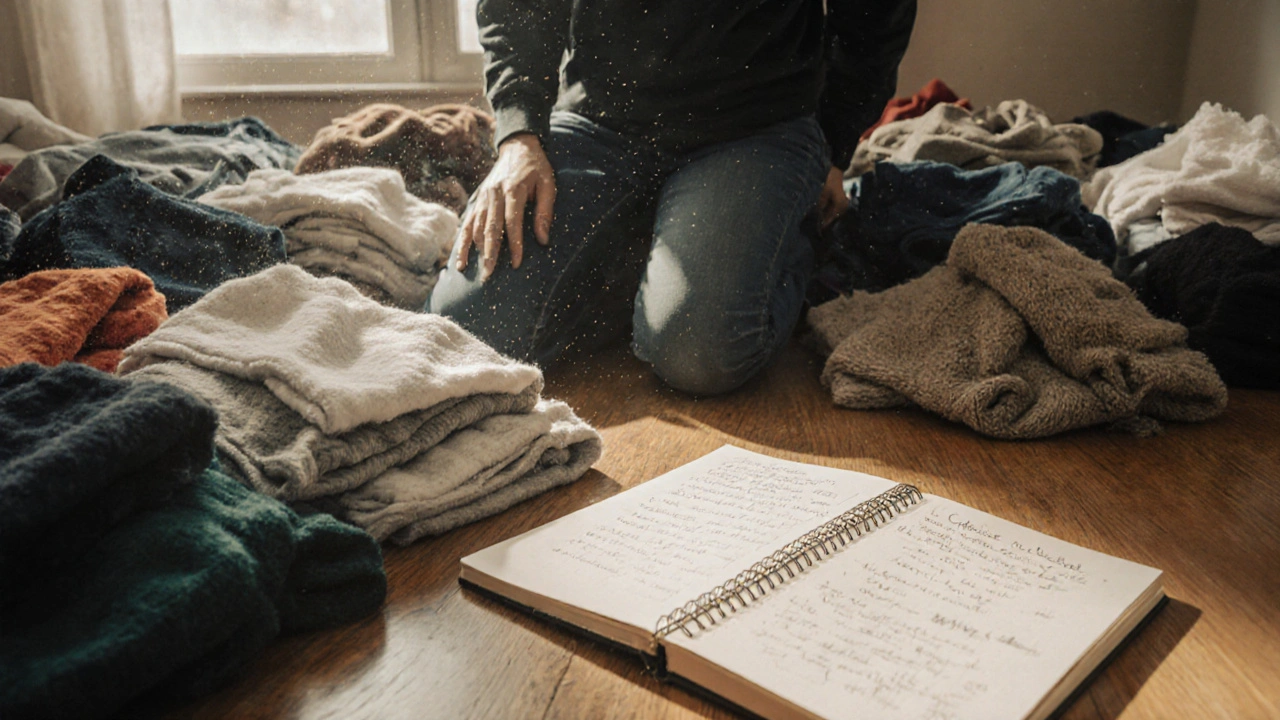Ethical Wardrobe: Build a Sustainable Closet That Actually Works
When you build an ethical wardrobe, a collection of clothing chosen for its environmental and social impact, not just price or trend. Also known as conscious clothing, it means owning fewer pieces that last longer, are made fairly, and don’t harm the planet. It’s not about buying only organic cotton or paying $200 for a shirt. It’s about asking: Who made this? How many times will I wear it? What happens when I’m done with it?
That’s where slow fashion, a movement that values quality, durability, and mindful consumption over fast turnover. Also known as sustainable fashion, it’s the backbone of any real ethical wardrobe. Slow fashion doesn’t mean you can’t buy new things—it means you buy less, choose better, and wear everything until it’s truly worn out. Think of it like cooking: you don’t throw away a good pan after one use. Why treat your clothes any differently?
And here’s the thing—your capsule wardrobe, a small, intentional collection of versatile pieces that mix and match effortlessly. Also known as minimalist wardrobe, it’s not a trend. It’s a practical tool for building an ethical wardrobe. If you only own 23 essential pieces, you stop chasing trends. You stop buying things you don’t need. You start caring about how your clothes are made because you wear them every single day. That’s when ethics become part of your routine, not just a label.
People think an ethical wardrobe means giving up style. But look at the posts below—real people are styling courthouse weddings in quiet, intentional outfits. They’re layering accessories so every piece gets worn. They’re tailoring clothes to fit their bodies, not their size tags. They’re rotating seasonal pieces instead of tossing them. They’re stacking rings, not racks of clothes. Every single one of these habits adds up to a wardrobe that doesn’t just look good—it does good.
You don’t need to overhaul your closet overnight. You just need to start asking better questions. What’s the real cost of that $10 t-shirt? Could that skirt last five years if you repaired it? Do you really need another black blazer—or could you make one you already own work better with a simple alteration? The answers are in the details. And the details are right here.
Wardrobe Carbon Audit: How to Calculate and Reduce Your Closet’s Environmental Footprint
Posted by Anna Fenton on Nov, 16 2025

Learn how to calculate your wardrobe's hidden carbon footprint and reduce it with simple, practical steps-no new clothes needed. Discover which items hurt the planet most and how to fix your habits for real impact.
